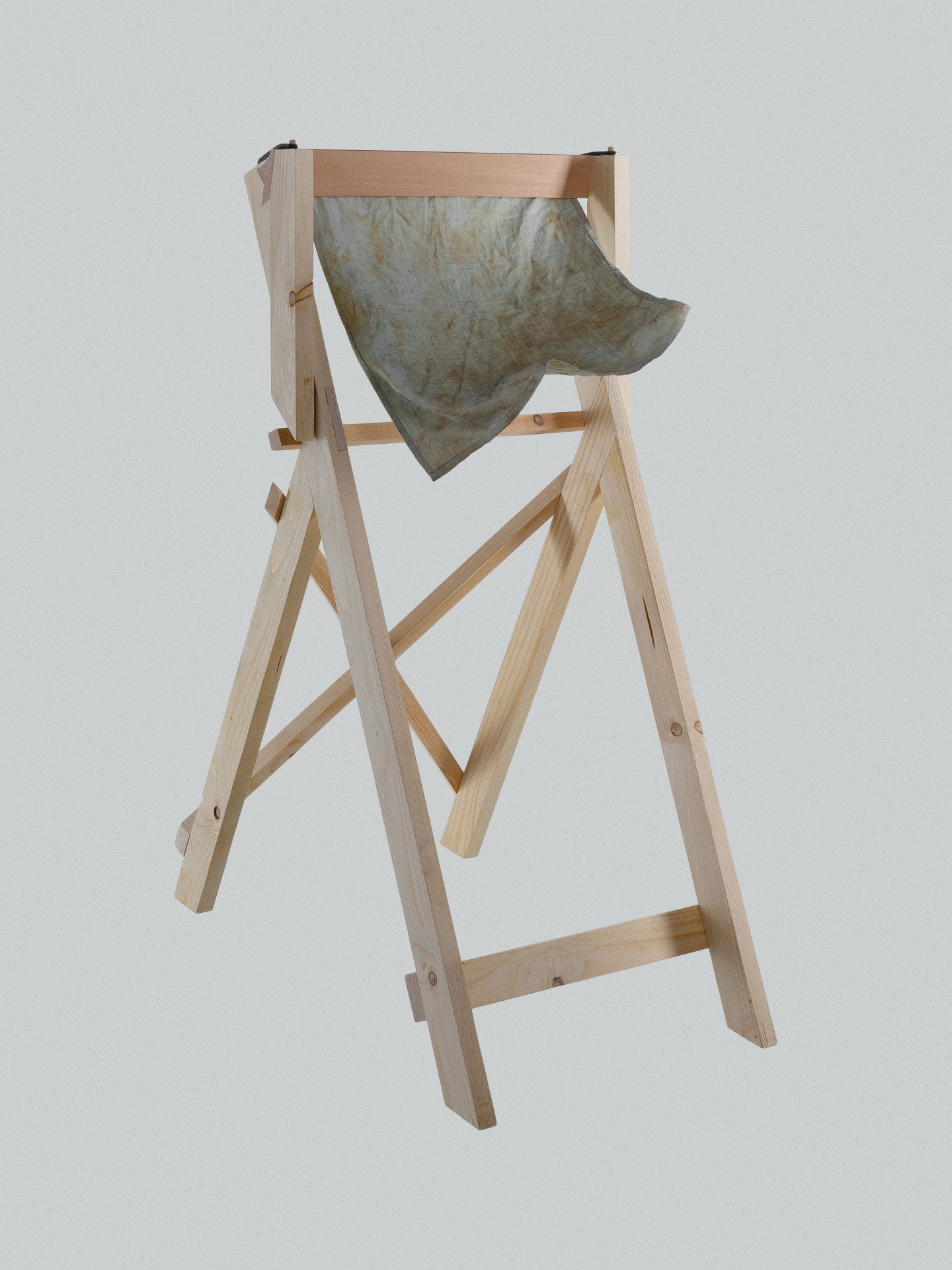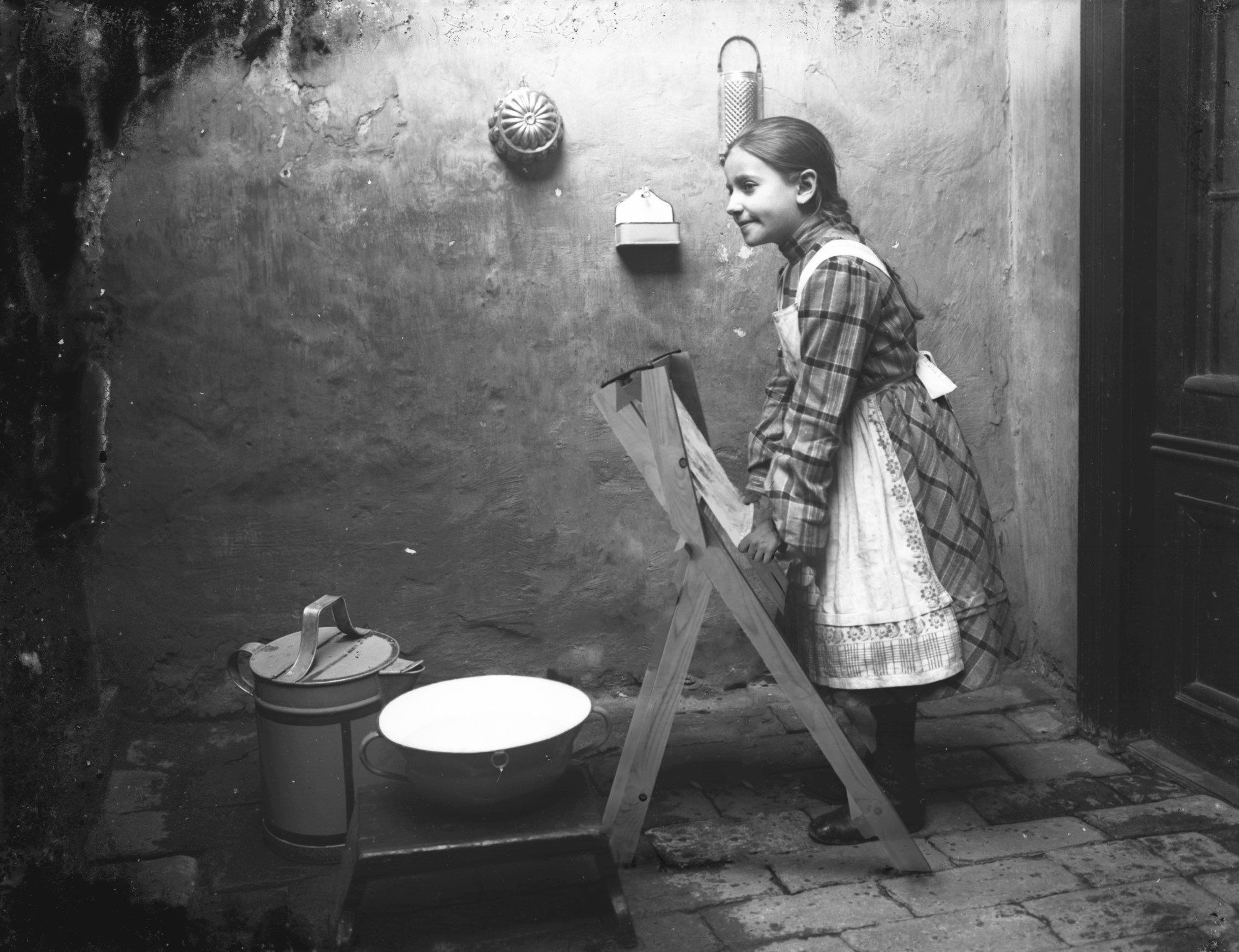In the 18th century there were different methods for preserving butter. One of them was salting. However, the downside of this technique was that they could no longer use the fat for sweet dishes. Also, it was less effective than clarifying butter.
During clarification the butter was first heated and then kept boiling until the milk protein exuded from the fat. The melted butter was then poured over a densely woven cloth to remove the separated protein called “chidder” from the milk fat. The result of this technique was clarified butter, a protein-free pure fat which lasted for a long time even without storing it at low temperature.
On the other hand chidder, the pure milk protein, had to be consumed quickly due to its putrescibility. Because it was considered a rare delicacy in households, people tried to collect every drop of it. So they removed even the stuck chidder from the cloth used for filtering with great care. For this purpose they used the so-called “chidder-puller”. This tool was made of beech wood and had two edges that could pull the “chidder” from both sides of the filtering cloth. After the canvas was pulled over by the chidder-puller, it dried nicely without wrinkles. Since smoothness was an important feature for these filtering textiles, chidder-puller was used more and more often. Later on, one of the two edges of the chidder-puller was transformed into a barrel, so this tool has outlasted up to now in the form of a mangrove for rubbing clothes.


